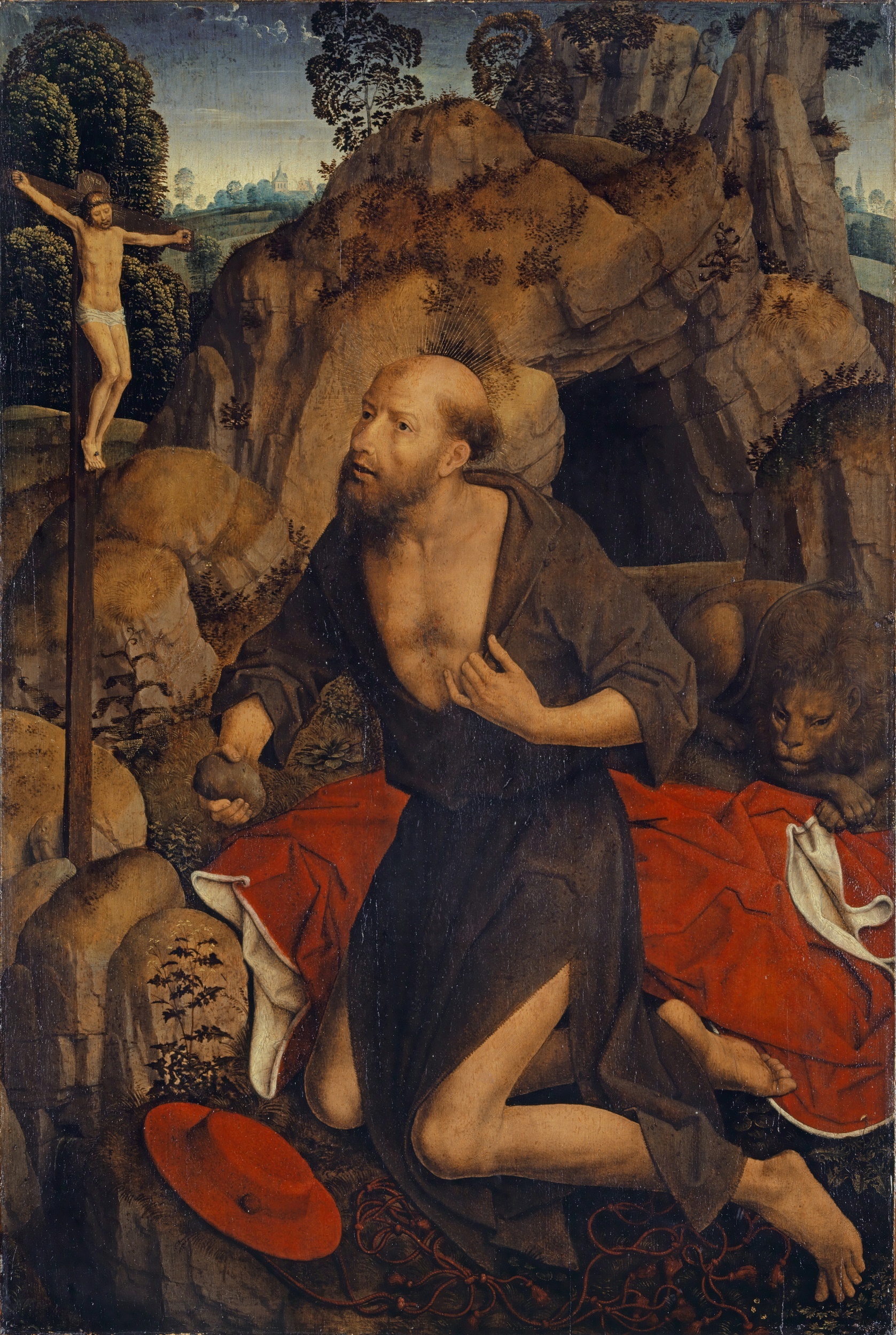A Passion for Painting
Louise Bachofen-Burckhardt – Collecting for Basel
“It is my ardent hope that I will yet be able to acquire many a fine piece for the city of my ancestors,” Louise Bachofen-Burckhardt (1845–1920) wrote to Wilhelm von Bode in January 1916; the great curator in Berlin regularly sent her recommendations on paintings to purchase. Her ambitious objective was a fundamental transformation of the Öffentliche Kunstsammlung: the public art collection of the City of Basel, a treasure of regional significance with an emphasis on art from the Upper Rhine Valley, was to become an institution of European standing on a par with museums she had seen in London, Berlin, and Paris. To this end, she vastly enlarged the collection of paintings her husband, Jakob Bachofen, had brought into the marriage and, in 1904, donated all pictures to a foundation that bore his name. Its sole designated beneficiary was the Kunstmuseum Basel, and so, after Louise Bachofen-Burckhardt’s death, no fewer than 305 paintings created between the late Middle Ages and the turn of the twentieth century entered the museum’s holdings, including major works by Bartolomeo Vivarini, Lucas Cranach the Elder, Hans Memling, Jan Brueghel the Elder, Frans Francken II, Dirck Hals, Nicolaes Maes, Nicolaes Berchem, Jacob van Ruisdael, Jan van Goyen, Harmen Steenwyck, Rachel Ruysch, Jean-Étienne Liotard, and Alexandre-François Desportes.
Extraordinarily self-effacing, Louise Bachofen-Burckhardt shunned the public spotlight—in her last will, she enjoined the papers from printing any obituaries—and dedicated her efforts to the memory of her late husband, the author of the famous book on matriarchy as the origin of all social systems. That is why she has remained a largely obscure figure despite her outstanding achievements: she was without a doubt a leading art collector at a time when few women ventured into this male-dominated domain. The centenary of her death is a welcome opportunity to throw the spotlight on the Kunstmuseum Basel’s benefactress and her activities in the booming art market around 1900. Drawing on unpublished sources, the exhibition devoted to Louise Bachofen-Burckhardt is also a tribute to the generosity of the foundation she established, which, in 2015, made an outright gift of the paintings that had been at the museum on permanent loan for many years.
The presentation demonstrates how much of the Kunstmuseum’s present-day profile and renown are due to Louise Bachofen-Burckhardt’s endeavors. No less important than the addition of her treasures to the collection—with a single stroke of the pen, the museum’s holdings grew by more than a quarter—is her influence as a shining example: a pioneer in the field of art collecting and philanthropy in Switzerland, she was surely an inspiration for many later Basel benefactors.
The exhibition is supported by:
- Peter und Simone Forcart-Staehelin
- Trafina Privatbank AG
- Athene Stiftung
- Stiftung für das Kunstmuseum Basel

